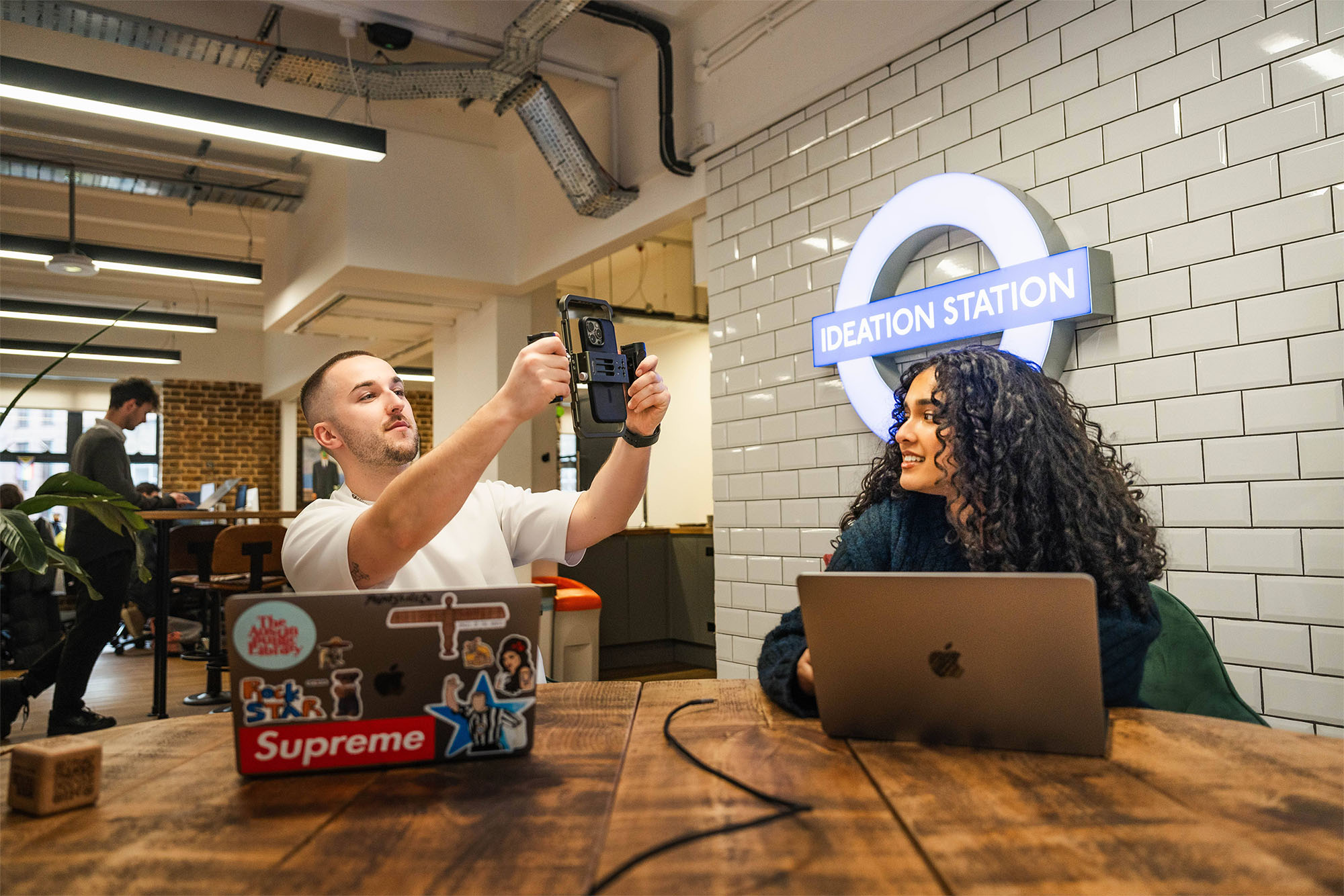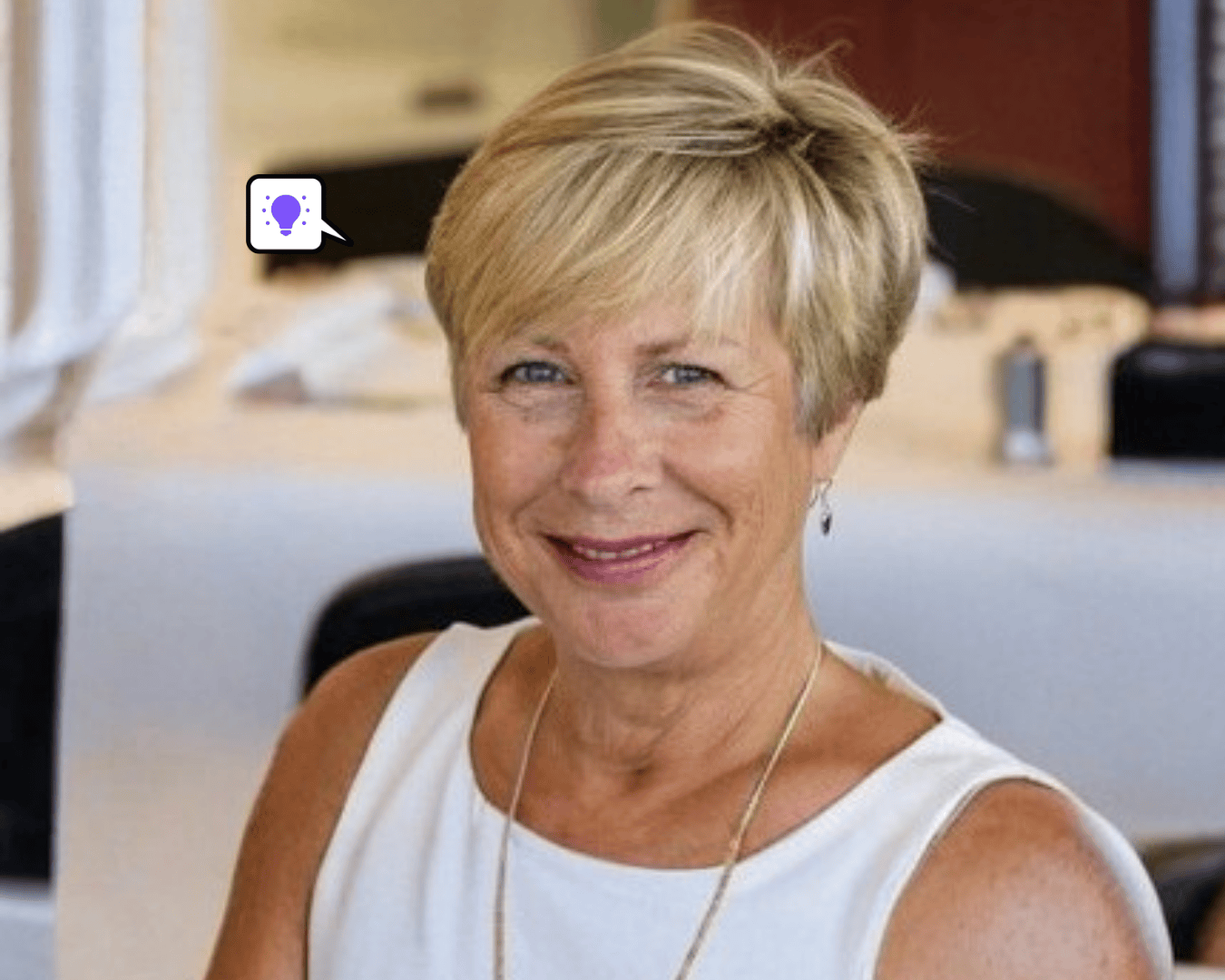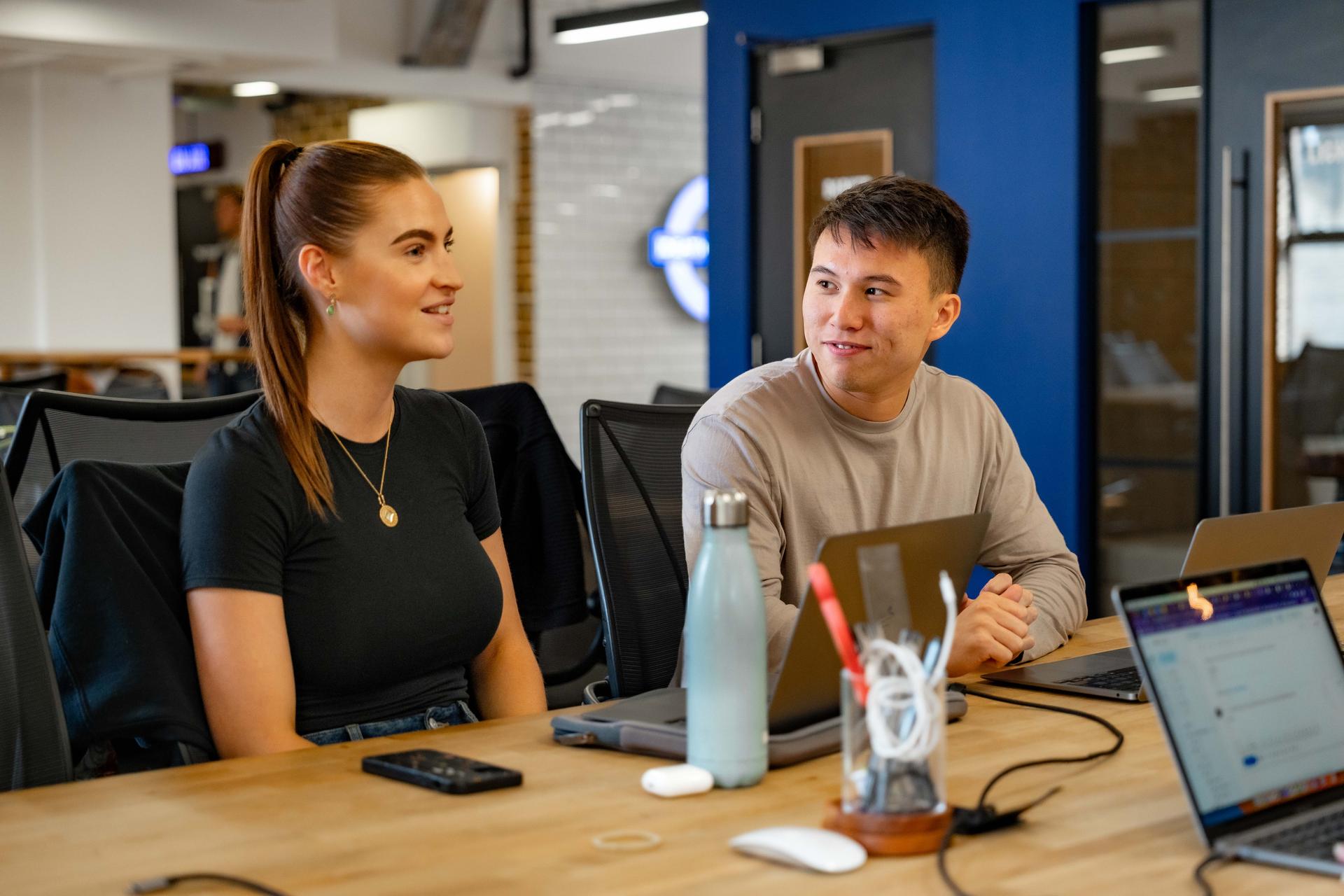If you're not activating your employer brand across LinkedIn, Instagram and TikTok, you’re leaving top talent on the table.
Here at Wiser, we know that reaching the right people starts with showing up where they’re already spending their time and showing them something worth sticking around for.
Social media is become one of the most powerful tools in modern employer branding, helping companies attract, engage, and retain diverse, high-quality candidates. And in a talent market where time is the new currency, making the right impression in the right place has never mattered more.
Here's why LinkedIn, Instagram, and TikTok are the foundations of your employer branding strategy and how to use them to make sure you are getting the maximum impact.
How social media builds a stronger employer brand
According to Glassdoor, 79% of job seekers use social media to research companies and discover career opportunities. But this isn’t a copy-paste game. Different platforms speak to different audiences, and your employer brand strategy needs to flex accordingly.
Here’s how each platform helps you connect with the right talent, in the right way.
LinkedIn to reach experienced talent
LinkedIn is the professional home for experienced candidates, especially those aged 25–34. In fact, nearly one-third of LinkedIn users actively research brands while scrolling.
Wiser’s results show what’s possible:
14% average engagement rate, compared to a 3.1% platform benchmark
500,000+ impressions monthly, thanks to smart content and algorithm-friendly storytelling
If you want to attract experienced hires or senior talent, LinkedIn needs to be a pillar of your employer brand strategy.
Instagram and TikTok are key to attracting Gen Z talent
Want to connect with Gen Z? You’ll find them on TikTok and Instagram, not job boards.
Our Wiser Academy survey revealed:
66% of Gen Z use Instagram to explore job opportunities
41% use TikTok for the same reason
And 40% of Gen Z use these platforms instead of Google to search for careers
If your early talent strategy doesn’t include TikTok and Instagram, you’re already behind. These platforms are where Gen Z expects to see culture, values, and behind-the-scenes stories that go beyond the job specs.
Why TikTok is the future of Employer Branding
TikTok isn’t just a platform. It’s a culture engine.
Gen Z trusts creators and TikTok gives your people (employees, interns, leaders) the space to share their voices in real, unfiltered ways.
Stats worth knowing:
60% of TikTok users are Gen Z
30% trust TikTok creators more than other platforms
85% of consumers find user-genrated content (UGC) more influential than brand photos or videos
At Wiser, we’ve seen TikTok work time and time again. For Kraft Heinz, launching their TikTok channel led to a 51% increase in followers in three months — that’s huge compared to 4% on LinkedIn and 17% on Instagram over the same period.
Kraft Heinz on TikTok
When Kraft Heinz wanted to attract Gen Z grads and apprentices, they came to Wiser with a challenge: bring their Employee Value Propositon (EVP) to life to attract early talent.
They already had solid traction on LinkedIn and Instagram, but it wasn’t cutting through with younger audiences. So, in March 2023, we launched the @HereAtKraftHeinz TikTok channel alongside a full Gen Z-led content and paid strategy.
The results:
4,000+ followers in the first 6 months
80% of the audience were engaged Gen Z talent
Tangible increase in applications and awareness
Employer branding isn’t about going viral. It’s about reaching the right people, with the right message, in the right moment.
Social Media is your employer brand’s front door
Your ideal candidates are already online, but they’re not waiting for a job ad. They're watching TikToks, scrolling Instagram, and looking for companies that feel real, not rehearsed.
To win in today’s talent market, your employer brand needs to:
Show up where candidates are
Speak their language
Tell stories that feel human, not corporate
That’s how you cut through. That’s how you connect.
And if you need a partner to build that strategy? You know where we are.




